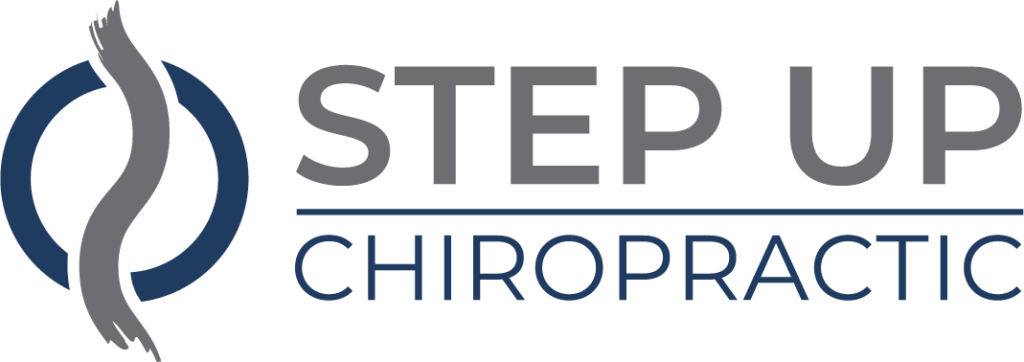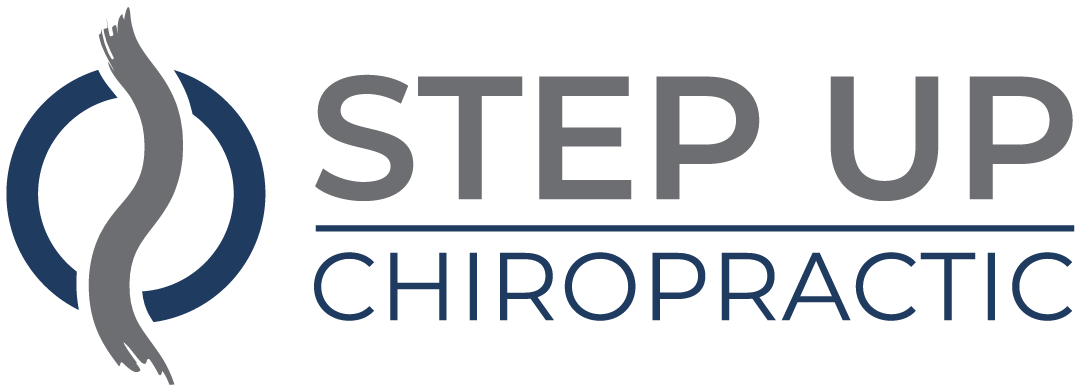When it comes to athletic performance, recovery is just as essential as training. You might overlook the care that goes into recovering effectively, but it can greatly impact your readiness for the next challenge. By focusing on hydration, nutrition, sleep, and other key strategies, you can enhance your recovery process. Each of these elements plays a critical role, and understanding how they work together can lead to remarkable improvements. Curious about the specific ways to implement these strategies and what they can do for you? Let's explore the details.
Hydration Strategies
Staying hydrated is essential for optimal athletic performance and recovery. When you're sweating it out in training or competition, your body loses valuable fluids that need to be replaced. Dehydration can lead to fatigue, decreased coordination, and even cramps, which can hinder your performance. So, making hydration a priority is vital.
One effective strategy is to drink water consistently throughout the day, not just during workouts. Aim to consume at least half your body weight in ounces of water daily. For instance, if you weigh 160 pounds, try to drink around 80 ounces of water each day. This helps maintain ideal hydration levels.
During exercise, especially intense workouts or competitions, consider electrolyte beverages to replenish lost salts and minerals. Look for drinks that contain sodium and potassium, which can help prevent cramping and maintain fluid balance. You might also want to set reminders on your phone to take sips every 15-20 minutes during workouts.
Post-exercise, rehydration becomes critical. Aim to drink 16-24 ounces of fluid for every pound lost during your session. Weigh yourself before and after workouts to gauge how much hydration you need. If you're feeling thirsty or your urine is dark yellow, it's a sign you need to drink more.
Incorporating hydrating foods like fruits and vegetables into your diet can also help. Keep these strategies in mind, and you'll set yourself up for better performance and a quicker recovery.
Nutritional Optimization
Proper nutrition is fundamental for athletes looking to optimize their performance and recovery. You need to fuel your body with the right nutrients to support rigorous training and enhance muscle recovery. Start by focusing on a balanced diet rich in carbohydrates, proteins, and healthy fats. Carbohydrates provide the energy you need for intense workouts, while proteins are critical for repairing and building muscle tissue. Healthy fats can help reduce inflammation and support overall health.
Timing your meals is just as important as what you eat. Aim to consume a meal or snack containing both carbs and protein within 30 minutes after your workout. This post-exercise nutrition helps replenish glycogen stores and kickstarts muscle recovery.
Don't forget to incorporate a variety of fruits and vegetables into your diet; they provide necessary vitamins, minerals, and antioxidants that can help combat oxidative stress caused by intense physical activity.
Consider also the role of supplements in your recovery strategy. While whole foods should be your primary source of nutrition, certain supplements like whey protein, branched-chain amino acids (BCAAs), or omega-3 fatty acids can offer additional support. However, it's important to consult with a healthcare professional or a sports nutritionist before adding supplements to your routine.
Incorporating these nutritional strategies will help you recover faster, improve your performance, and keep your body in peak condition. Prioritizing your nutrition is a significant step in your journey as an athlete.
Sleep Quality Improvement
While you might focus on nutrition and training, sleep quality is equally important for ideal recovery and performance. When you get enough restorative sleep, your body repairs itself, builds muscle, and replenishes energy stores. If you're skimping on sleep, you're likely sabotaging your hard work in the gym.
To improve your sleep quality, start by establishing a consistent sleep schedule. Go to bed and wake up at the same time every day, even on weekends. This routine helps regulate your body's internal clock and makes it easier to fall asleep and wake up refreshed.
Next, create a relaxing bedtime routine. Engage in calming activities, like reading or taking a warm bath, to signal to your body that it's time to wind down. Limit screen time before bed, as blue light from devices can interfere with melatonin production, making it harder to fall asleep.
Your sleep environment also plays an important role. Make sure your bedroom is dark, cool, and quiet. Consider using blackout curtains, earplugs, or a white noise machine to eliminate disturbances.
Lastly, pay attention to your diet. Avoid heavy meals, caffeine, and alcohol close to bedtime, as these can disrupt your sleep.
Active Recovery Techniques
Incorporating active recovery techniques into your routine can greatly enhance your overall recovery process. These techniques help stimulate blood flow, reduce muscle soreness, and prepare your body for future workouts. Rather than opting for complete rest, you'll find that engaging in low-intensity activities can be far more beneficial.
One effective method is light aerobic exercise, like walking, cycling, or swimming at a relaxed pace. Aim for about 20 to 30 minutes, focusing on maintaining a comfortable heart rate. This will keep your muscles engaged without overexerting them.
Stretching is another significant component; gentle, dynamic stretches can improve flexibility and alleviate tension built up during more intense training sessions.
You might also consider incorporating yoga or Pilates into your routine. These practices not only promote relaxation but also enhance core strength and stability, which are essential for athletic performance.
Another great option is foam rolling, which aids in breaking down muscle knots and improving circulation. Spend a few minutes rolling out tight areas, and you'll likely notice improved mobility.
Don't forget about hydration and nutrition during this recovery phase. Staying well-hydrated and consuming nutrient-rich foods can complement your active recovery efforts, helping your body repair more efficiently.
Massage and Physiotherapy
Massage therapy can greatly enhance your recovery by relieving muscle tension and improving circulation.
Physiotherapy techniques play an essential role in addressing specific injuries and optimizing your overall movement.
Together, these methods can help you bounce back stronger and more resilient.
Benefits of Massage Therapy
Recovery is essential for any athlete looking to enhance performance and prevent injury. One of the most effective methods to support your recovery is through massage therapy. This hands-on technique can help you release muscle tension, improve circulation, and promote relaxation.
When you get a massage, it stimulates blood flow, which aids in delivering essential nutrients to your muscles and flushing out toxins. You'll likely notice improved flexibility and a greater range of motion after regular sessions. This increased flexibility can reduce the risk of injury during intense training or competition.
Additionally, massage therapy can help alleviate soreness and discomfort caused by strenuous workouts, making it easier for you to bounce back and perform at your best.
Moreover, it's not just about the physical benefits. Engaging in massage therapy can also have a positive impact on your mental state. It can reduce stress and anxiety, keeping you focused and mentally sharp.
In the long run, incorporating massage therapy into your recovery routine can lead to enhanced overall performance and a healthier, more resilient body. So, don't overlook this powerful tool in your recovery arsenal!
Role of Physiotherapy Techniques
While massage therapy plays a significant role in athlete recovery, physiotherapy techniques further enhance your rehabilitation and performance. These techniques focus on identifying and treating specific injuries or musculoskeletal issues, ensuring you recover effectively and safely.
One key aspect of physiotherapy is tailored exercise programs. A skilled physiotherapist will design a regimen that strengthens your muscles, improves flexibility, and enhances overall function. This personalized approach helps you regain strength and mobility, reducing the risk of re-injury.
Another crucial technique is manual therapy. This hands-on approach involves joint mobilization and manipulation, which can alleviate pain and improve your range of motion. By addressing underlying issues, manual therapy can speed up your recovery time.
Incorporating modalities like ultrasound or electrical stimulation can also be beneficial. These methods promote healing by increasing blood flow and reducing inflammation.
Cold and Heat Therapy
When it comes to recovery, cold and heat therapy can play essential roles in helping you feel better faster.
Cold therapy reduces inflammation and numbs pain, while heat therapy increases blood flow and relaxes tight muscles.
Benefits of Cold Therapy
Harnessing the power of cold therapy can greatly enhance your athletic recovery. When you apply cold therapy, you reduce inflammation and swelling in your muscles and joints, which helps speed up the healing process. This is especially beneficial after intense workouts or competitions, as it minimizes the risk of injury and soreness.
Using ice packs or cold baths can constrict blood vessels, limiting blood flow to the area. This reaction not only numbs pain but also decreases metabolic activity, which aids in reducing tissue damage.
You'll find that incorporating cold therapy into your routine can lead to quicker recovery times, allowing you to get back to training sooner.
Additionally, cold therapy stimulates the release of endorphins, your body's natural painkillers. This means you'll not only feel better physically but also mentally, helping you maintain a positive mindset during recovery.
Advantages of Heat Therapy
Heat therapy offers a range of benefits that can complement your recovery routine. When you apply heat to sore or stiff muscles, it increases blood flow, which helps deliver nutrients and oxygen essential for healing. This enhanced circulation can also help reduce muscle tightness, allowing you to regain flexibility more quickly.
Using heat can alleviate pain by soothing nerve endings, making it easier for you to move without discomfort. Whether you choose a heating pad, warm towel, or hot bath, the warmth penetrates deep into your tissues, promoting relaxation and easing tension. This can be especially helpful after intense workouts or when dealing with chronic muscle pain.
Moreover, heat therapy can aid in the recovery of injuries like strains or sprains. By applying heat to the affected area, you can improve your overall mobility and decrease recovery time. Just remember to avoid applying heat directly after an injury, as this can lead to more swelling.
Incorporating heat therapy into your regimen can be a game-changer, helping you bounce back faster and perform at your best. So, don't hesitate to embrace its advantages as part of your recovery strategy.
Combining Both Methods
Balancing both cold and heat therapy can be incredibly effective for your recovery process. By strategically combining these methods, you can maximize the benefits each offers.
Start with cold therapy to reduce inflammation and numb pain. Ice packs or cold compresses applied to sore muscles right after a workout can help minimize swelling and prevent injury.
After the initial cold treatment, switch to heat therapy. Heat encourages blood flow, helping to relax and soothe tight muscles. Use warm towels, heating pads, or warm baths to enhance flexibility and promote healing.
Timing is key when combining these therapies. You might want to start with cold therapy for the first 24-48 hours post-exercise, then shift to heat. Alternatively, you can incorporate both in a cycle—apply cold therapy for 15-20 minutes, followed by heat for another 15-20 minutes. This alternating approach can stimulate circulation and expedite recovery.
Listen to your body; if something feels off, adjust your routine.
Mindfulness and Relaxation
Many athletes underestimate the power of mindfulness and relaxation in their recovery routines. You might think that physical training alone is enough, but incorporating mindfulness can notably enhance both your mental and physical recovery processes.
When you engage in mindfulness practices, you're training your mind to focus on the present moment, reducing stress and anxiety. This mental clarity can lead to improved performance and quicker recovery times.
One effective technique is deep breathing. By simply focusing on your breath, you can lower your heart rate and promote a sense of calm. Try setting aside a few minutes each day to practice this. You'll find that it not only helps reduce stress but also enhances your overall focus during training and competitions.
Incorporating relaxation techniques like progressive muscle relaxation can also be beneficial. This method involves tensing and then relaxing different muscle groups, which helps alleviate tension and promotes physical recovery. You can do this while lying down or sitting comfortably, allowing your body to unwind after intense workouts.
Additionally, consider integrating mindfulness meditation into your routine. Just a few minutes of meditation can help clear your mind and improve your emotional resilience.
Conclusion
By prioritizing hydration, optimizing your nutrition, and ensuring quality sleep, you can greatly enhance your recovery. Embrace active recovery techniques and consider massage or physiotherapy to address muscle tension. Incorporating cold and heat therapies can help manage pain and inflammation, while mindfulness practices boost your mental resilience. By integrating these strategies into your routine, you'll not only recover faster but also improve your overall athletic performance. Take care of your body, and it'll take care of you!




